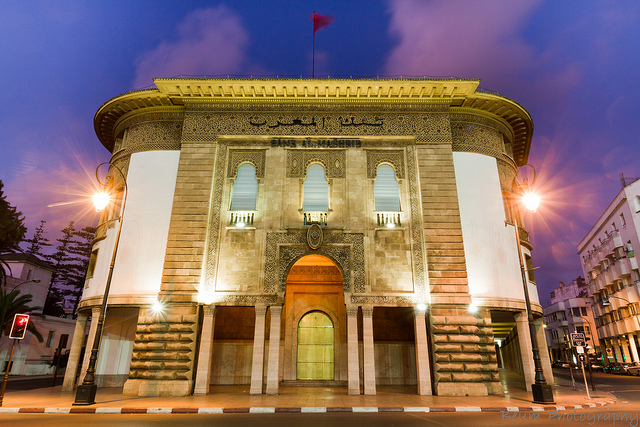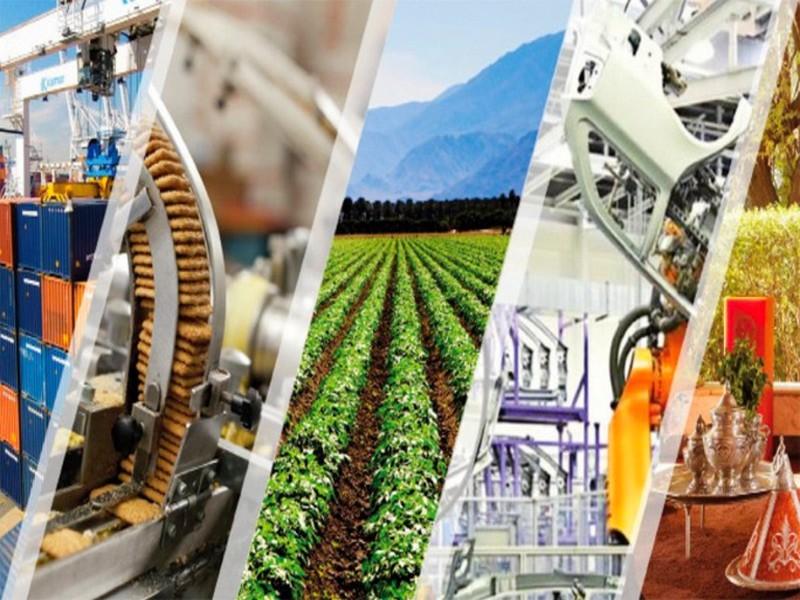Morocco’s central bank kept its key rate unchanged at 3% in a context of easing inflation and improved growth rate.
Inflation is seen dropping to 6.1% this year and 2.4% next year. In 2022, drought and imported inflation propelled inflation to 6.6%.
Morocco’s central bank has decided to keep its key interest rate unchanged at 3% to ensure the price stability,
The Bank’s Board which analyzed at its quarterly meeting Tuesday domestic and global economic developments, as well as the Bank’s medium-term macroeconomic projections affirmed that it will continue to closely monitor economic conditions and inflationary pressures, both domestically and globally.
According to Bank Al-Maghrib, Al Haouz earthquake took a heavy toll on human lives, but its impact on economic activity is expected to be limited, while the completion of many large-scale projects planned or currently underway gives reason to hope for a new momentum in investment and economic activity in the medium and long term.
At the international level, inflationary pressures eased as a result of unprecedented monetary tightening and lower energy prices, but also a deceleration in economic growth, which continues to suffer from geopolitical tensions and rising uncertainties.
The bank expects Morocco’s economic growth to reach 2.7 % this year, before gradually improving to 3.2 % in 2024 and to 3.4 % in 2025. Thanks to a cereal production of 55.1 million quintals during the previous crop year, agricultural value added should improve by 5 % in 2023. It would subsequently increase by 5.9 % in 2024 and 2 % in 2025, assuming an average cereal production of 70 million quintals and the ongoing trend performance of other crops.
As for nonagricultural activities, the growth rate in value added would stand at 2.5 % this year, and 2.7 % in 2024, before accelerating to 3.7 % in 2025, driven by the expected upturn in industrial and construction sectors.
Regarding domestic inflation, the Bank forecast a significant slowdown which is expected to continue in the medium term. Indeed, since the peak of 10.1 % reached last February, inflation has gradually decelerated to reach 4.3 % in October, and should end the year with an average of 6.1%, compared with 6.6 % in 2022.
In view of the expected dissipation of external inflationary pressures, the direct effects of the tax measures set out in the 2024 Finance Law and the gradual lift of subsidies provided for in the 2024-2026 medium-term fiscal plan, and assuming quasi stable volatile food prices, inflation is expected to fall sharply to around 2.4 % in 2024 and 2025.
Speaking to the press after the meeting, central bank governor Abdellatif Jouahri said the country was considering the next step in the dirham currency reform to allow for a greater fluctuation against the Euro and the Dollar.
He said the bank plans to use 8% of its hard currency reserve to finance green projects. In 2024 and 2025, foreign exchange reserves would cover 5 months and 16 days of imports.

